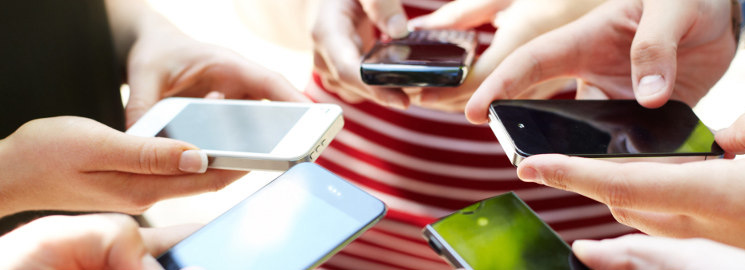The move to curb phone addiction and limit screen time is well under way as the two heavyweights in the smartphone ecosystem — Google Android and Apple iOS — are on the digital health bandwagon. After vowing to address the growing concern of smartphone addiction earlier this year, both Apple and Google look like they are planning on making good on its word. During Apple’s WWDC and Google’s I/O conferences this year both companies unveiled a suite of tools that will roll out in their next operating system version to help control smartphone addiction.
I think we are at a point that smartphone addiction, or at least smartphone distraction needs to be addressed by the very companies selling these devices. The research is just starting to be compiled on smartphone addiction and what happens when your life is overloaded by apps and notifications and this new push from Apple and Google, in the form of ‘digital health’ provides sort of a starting point in helping parents, kids, and distracted mobile users curb and limit screen time.
In Apple’s new IOS 12 fireware update, coming later this year, introduces features to help users cut down on using their device. The “new screen time” app will give users an in-depth look at exactly what they’re spending their time doing, it will send daily and weekly activity reports to users, showing how much time they spend on each app and how many notifications they receive. It will also show the average amount of time they spend on a device — and whether that amount of time is increasing. This will be very beneficial for parents as they can also set up activity reports on their children, allowing them to set separate time limits for everyone.
Also, a new “app limits” feature allows users to set time limits on each app, something that should be helpful for parents who will now be able to create “allowances” for kids using different devices, setting limits based on usage and time of day. There will also be easier restrictions settings that limit specific apps and categories, or simply cut off certain types of content.
Google is also planning on including features in their next firmware version update titled Android P, set to come out later this year as well. Their focus, like Apple’s is on what they call “digital wellbeing” where they are including a dashboard that tracks users’ phone usage. This will tell people how long they spend in apps throughout the day, how many times they unlock their device, how many notifications they receive, and more — showing exactly how addicted they are to their tech.
The ability to set time limits on apps to try and stop people spending more time than they’d like on their phones.
A new “shush” mode. If a user turns their phone over with the screen facing down, it will put it into “Do Not Disturb” mode, letting them focus on other things.
A “Wind Down” mode to use before going to bed. After a user’s “bed time,” the phone will automatically go into Do Not Disturb mode and the screen will become grayscale — theoretically making it less appealing and easier to put down before going to sleep.
As a parent to an 8 and 5 year old’s and a teacher to hundreds of teenagers, I can attest that these new features are a start in the right direction in helping us take more control of our unrestricted behaviour on our mobile devices. Neither company has a perfect solution as they both try their best to balance the time we use our devices so we still spent money on apps and services but allow for the fact that excessive time on them can lead to device addiction. If you are at all concerned, I’ll certainly look for these features if and when you update to the latest firmware version laster this fall.


Leave a Reply